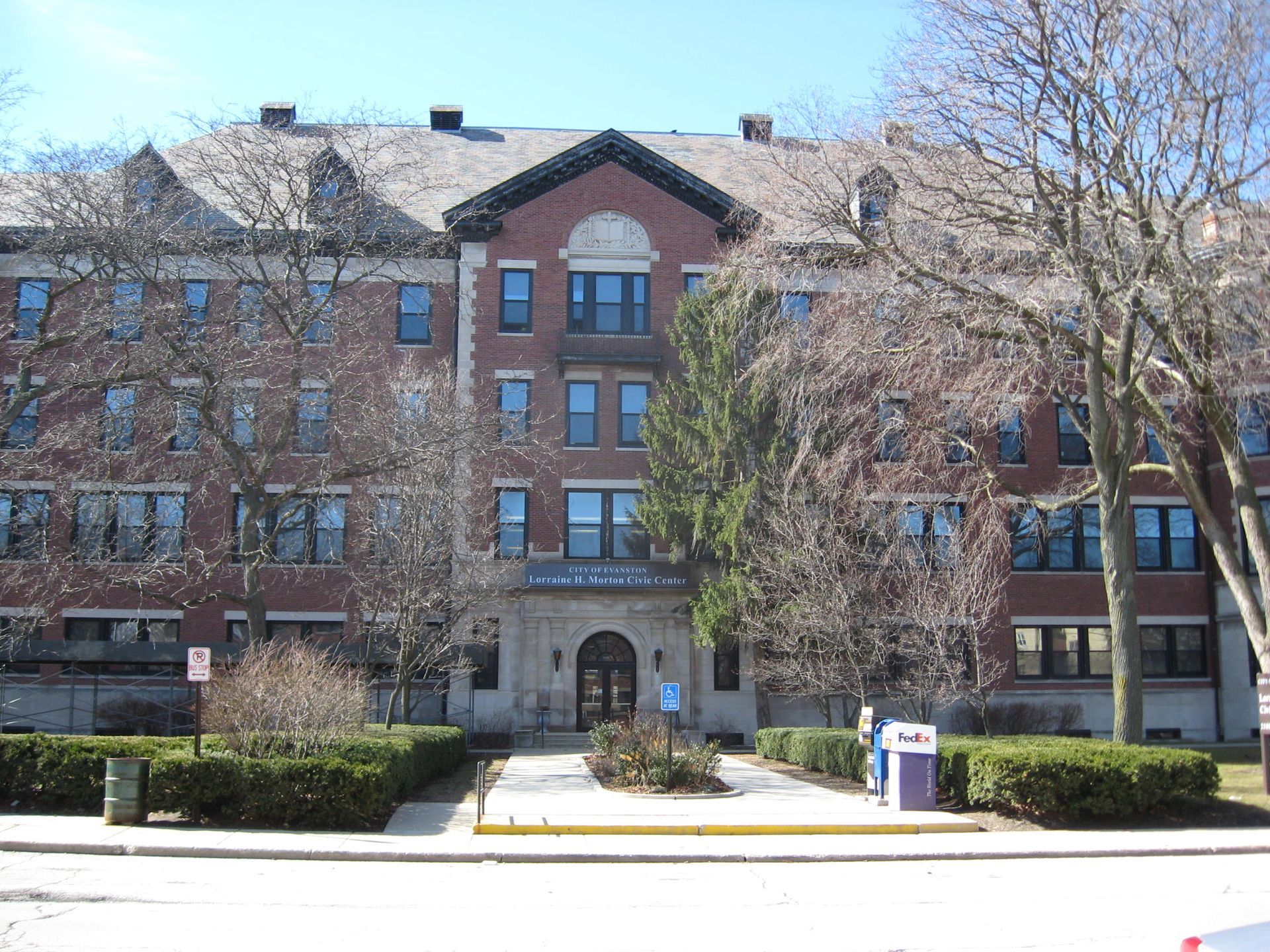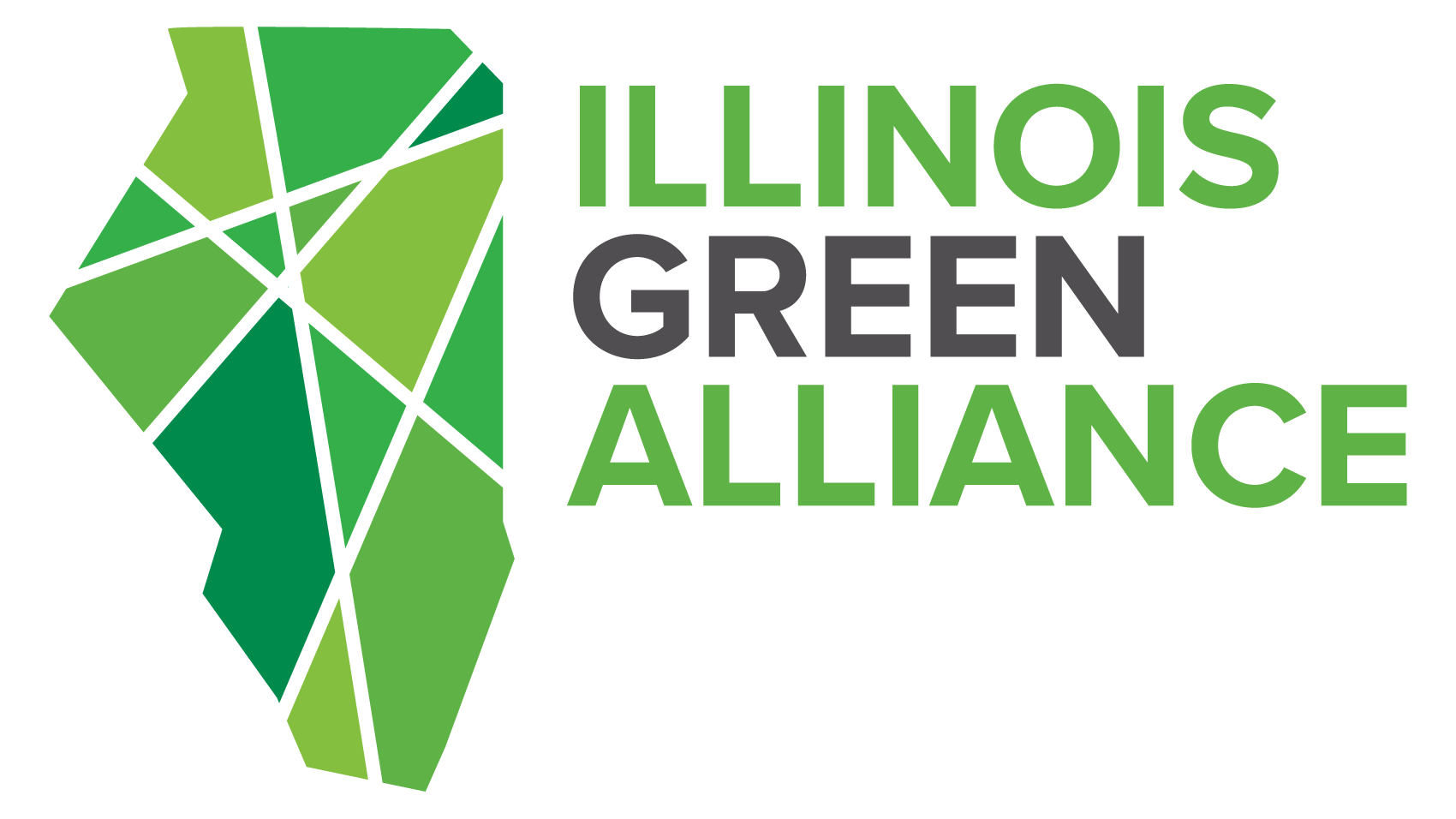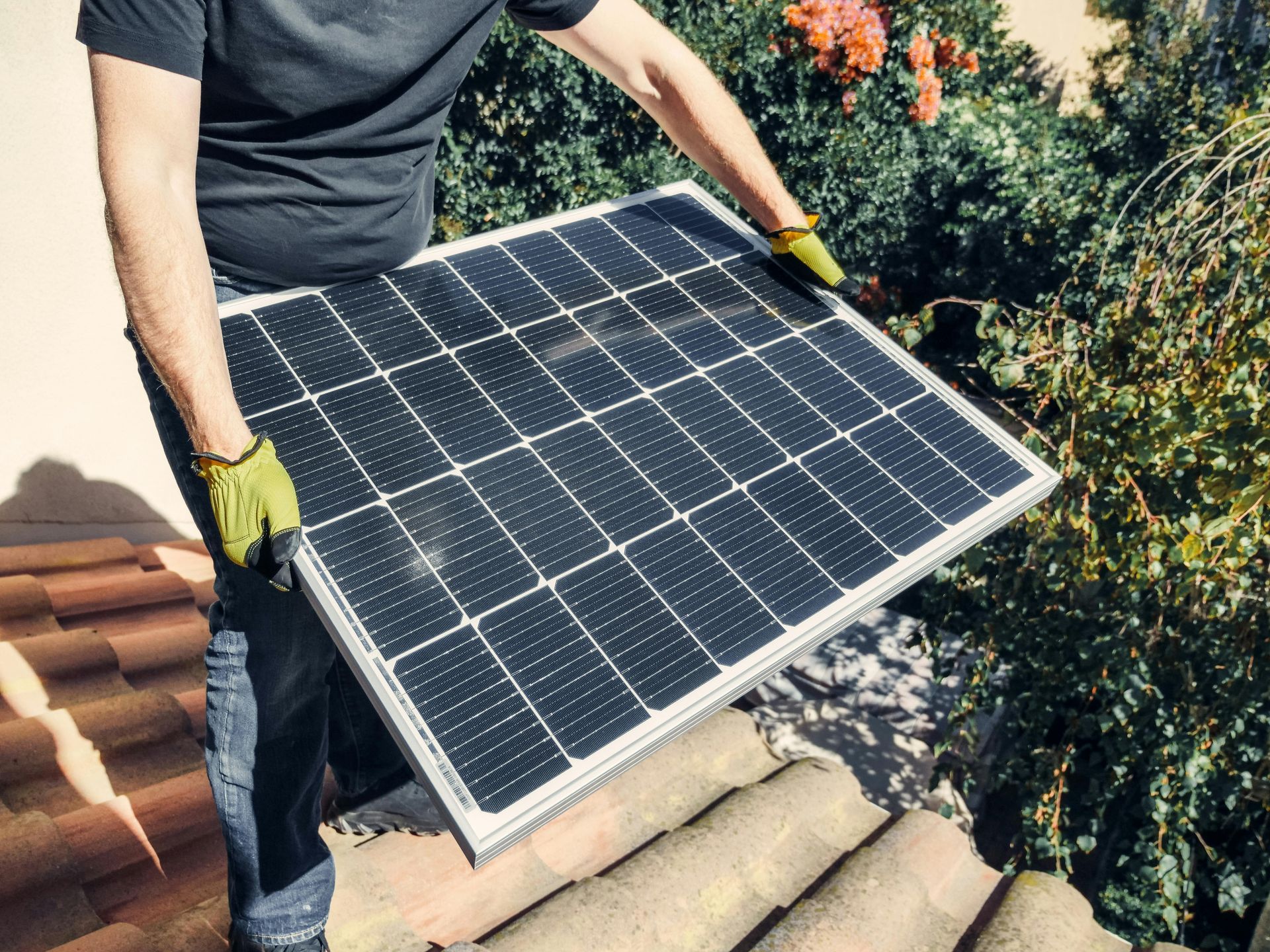Policy Blueprint: Stretch Codes
To comply with one of the mandates in the historic 2021 Climate and Equitable Jobs Act (CEJA), Illinois has undergone the process of working with energy efficiency experts and stakeholders to develop residential and commercial stretch energy codes. These codes have been fully approved by the state and became for municipalities to adopt on January 1, 2025. In February, Evanston became the first city in the state to adopt both the residential and commercial stretch codes.
Stretch codes set much more aggressive energy efficiency targets than the base code and require readiness for future installation of electric technologies—while offering multiple avenues to meet the new requirements. Stretch codes provide numerous benefits, including allowing municipalities to increase energy efficiency and reduce carbon emissions in their jurisdictions without undergoing a long, difficult process of developing their own code and maintaining consistent standards across the state.
Stretch Code Goals
Stretch codes were developed to achieve significant reductions in Energy Use Intensity (EUI) using the 2006 IECC code as a baseline and will be regularly updated to meet increasingly rigorous performance targets.
Differences Between the Stretch Codes and Base Codes
The 2024 Stretch Codes used IECC's 2024 Residential and 2021 Commercial Codes as the reference for the new codes with added amendments and definitions designed to provide a pathway to a lower site energy index.
For a detailed explanation on the differences between the base code and the stretch code, explore the
Building Energy Resource Hub's Illinois Stretch Code Overview & Guides.
Complying with the Stretch Code
The drafted structure of the stretch codes offers multiple routes of compliance. Owners, developers, and project teams have the ability to decide which pathway works best for them and their project. These pathways include installing high efficiency systems and extremely airtight design, meeting a certain number of energy efficiency credits, or achieving Phius certification.
Residential Targets
- 50% more efficient by 2024
- 60% more efficient by 2026
- 67% more efficient by 2029
- 75% more efficient by 2032
Commercial Targets
- 40% more efficient by 2024
- 50% more efficient by 2026
- 56% more efficient by 2029
- 61% more efficient by 2032
Projected Impact
Research from the Pacific Northwest National Laboratory shows that Illinois’ residential stretch code proposal will lead to significant consumer savings and greenhouse gas reductions.
These impacts include:
- Almost $250 in annual utility savings for the average homeowner.
- Projected return on investment in 10-11 years.
- Average life cycle cost savings of $8,829 for newly constructed homes.
- Statewide CO2 emissions reductions of 14,150,000 metric tons over a 30-year period.
- $3 Billion in statewide energy savings over 30 years.
Supporting Stretch Codes
Illinois Green Alliance sees the significant financial and sustainability benefits of the stretch codes and hopes to see their widespread adoption across the state. For that to happen, policymakers, local officials, and community stakeholders need to understand these benefits as well as the support available to them.
The Building Energy Hub hosts resources designed for policymakers to learn about stretch codes and how to bring them to their communities. Additionally, the Illinois Climate Bank has made grants of up to $200,000 available to cities that want to adopt the Stretch Codes. Beyond this though, we need the support of building industry professionals. If you are interested in sharing case studies, green building success stories, testimony, or even meeting with local officials to support stretch code adoption, contact Ryan Wilmington at rwilmington@illinoisgreenalliance.org.
Building industry professionals also can support the development of the next iteration of the stretch code. Learn about current proposals to strengthen these and how to support them here. Watch our recent "Code Campaigns: Creating a Health, Resilience, and Efficiency Baseline for Illinois" webinar to learn more.




